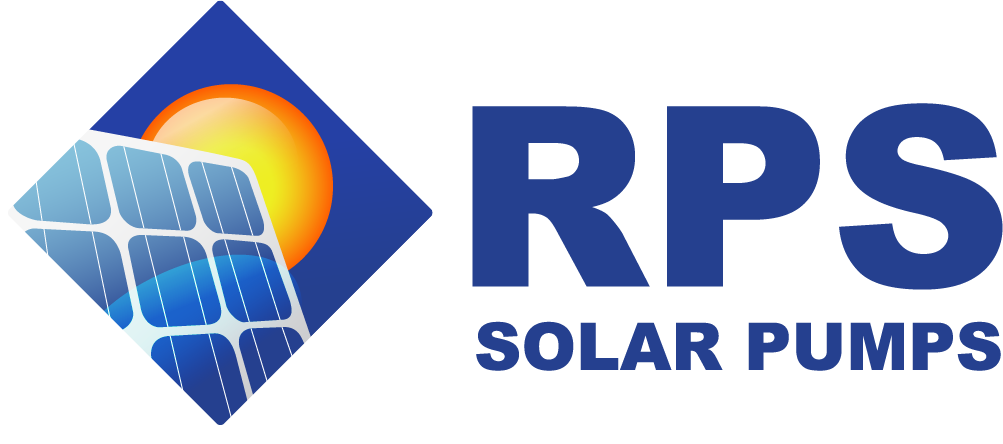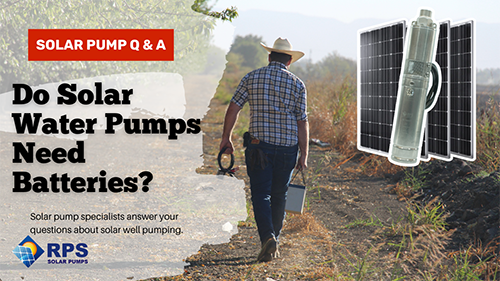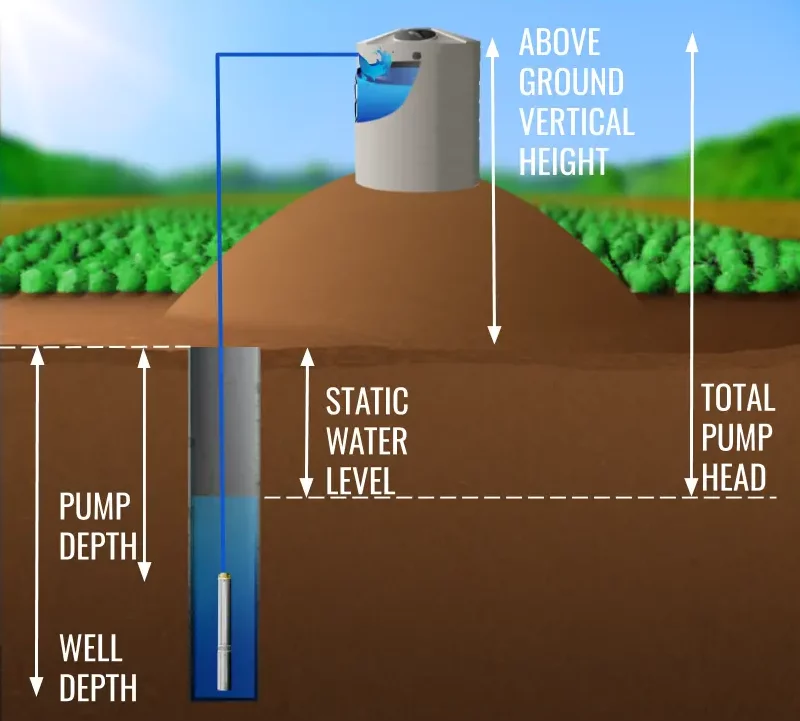Do Solar Pumps Need Batteries?
Today’s question is, “Do solar pumps need batteries?” So with solar pump systems, the majority don’t require batteries. There are what’s called a direct drive system. That system either involves an internal controller in the pump or an external controller, where the controller is varying the speed of the motor in order to match the amount of power coming from the solar panels.
Throughout the day, the amount of power reached in the panels and is available to the pump is changing depending on where the sun is in the sky, and weather conditions (such as clouds, overcast or rain). The controller, is sensing how much power is available, and then it’s sending all of that power down to the pump to make sure we’re pumping the most amount of water per day.
In the solar pumping world we call it mPPT, which is maximum power point tracking. It’s very similar to what a charge controller would do when we’re charging batteries. But in this case we’re making sure the load matches the amount of power available. So the majority of systems can operate this way because it helps keep cost down. We don’t have to buy expensive batteries and we don’t have to maintain them over time. The other thing it does is it makes sure we’re maximizing the amount of water we’re pumping per day, because we are using all of the power available.
The good news is, a majority of solar pump systems, especially our systems, have the ability to take battery backup. That means we can also hook up batteries instead of storing water if we need to be able to pump at nighttime or on cloudy days or other times when the sun’s just not bright enough to operate in direct drive mode. While it is a common misconception that solar pumps require batteries in order to operate, a majority of the systems we have out there are direct drive because they’re simpler and lower cost to operate.


